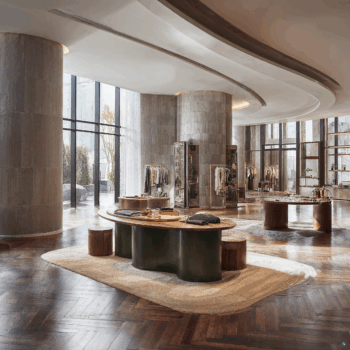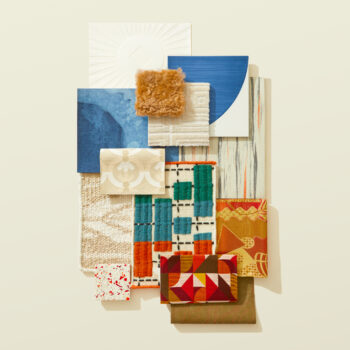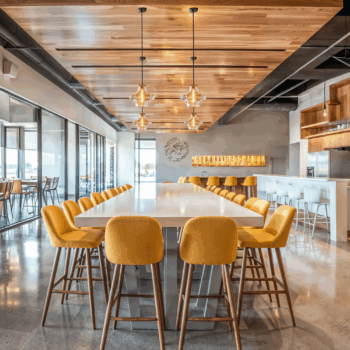
As STEM (Science, Technology, Engineering, and Math) education continues to expand across schools, colleges, and learning centers, design is playing a vital role in shaping the spaces where innovation begins. From coding corners to robotics labs, today’s STEM environments are no longer confined to traditional classrooms—they are flexible, technology-rich spaces designed to support creativity, experimentation, and hands-on learning.
A successful STEM space begins with adaptability. Modular layouts and mobile furniture systems allow for quick transitions between group collaboration, independent work, and project-based learning. Tables with built-in storage, height-adjustable workstations, and reconfigurable seating ensure that the space can grow and shift with the students and curriculum.
Durable, easy-to-maintain materials are essential in high-activity zones. Resilient flooring like rubber, polished concrete, or performance LVT stands up to heavy foot traffic and equipment use, while acoustical wall panels and ceiling solutions help manage sound in busy, high-energy spaces. Writable surfaces—such as glass panels or markerboard walls—encourage brainstorming and allow ideas to flow freely across the room.
Technology integration is at the core of modern STEM design. Spaces often include built-in charging stations, AV integration, digital display boards, and interactive tools, requiring thoughtful placement of power access, lighting, and cable management. The design must support not only today’s tech but remain flexible for tomorrow’s innovations.
Color and materiality also contribute to the creative energy of STEM environments. Bold accent colors, inspiring graphics, and tactile finishes can create visual cues for different learning zones, while biophilic elements like natural wood, daylighting, and greenery add balance to technology-focused spaces, promoting mental clarity and comfort.
Designing for STEM is about more than function—it’s about creating a space that fosters curiosity, supports experimentation, and celebrates the process of learning. With the right materials and spatial thinking, STEM environments become launchpads for the next generation of innovators.
Looking for more design inspiration for educational spaces? Check out our article on Brutalist Libraries.







